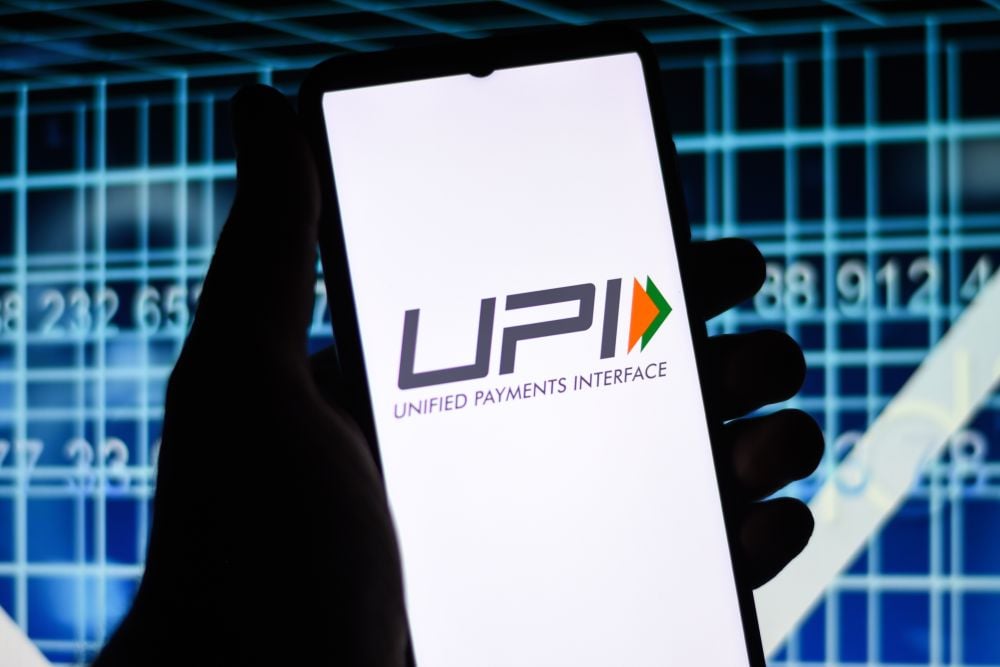Digital banking, in particular mobile banking, has taken flight in Hong Kong and mainland China since the start of the Covid-19 pandemic, but to remain competitive and to win over customers, retail banks must adopt an omnichannel banking strategy focusing on customer experience, according to recent reports.
Over the past 12 months, mobile banking apps and online banking were the most-used channels, across different age groups and asset levels, note two reports published by Bain & Company, namely "How to Delight Digital Banking Customers in Hong Kong" and "How Retail Banks in China Can Elevate Digital Banking". The reports surveyed a total of 1,400 and 1,800 retail banking customers in Hong Kong and mainland China, respectively, on their digital banking experience.
In Hong Kong, mobile banking penetration reached nearly 80%, while more than half of consumers did not step into a branch in the past year. On average, customers interacted with their bank via mobile slightly more than once per week. In mainland China, consumers used mobile banking apps about 15 times per quarter, five times more often than they visit a physical branch.
Mobile banking experience had the highest correlation to overall positive customer experience, ahead of online banking and traditional channels. Hong Kong retail banking customers value a smooth mobile banking app, transparent terms and conditions, and robust privacy protection, the reports find. In contrast, mainland Chinese consumers value mobile features, and want more functionality, access to rewards and lifestyle services, in addition to intuitiveness of mobile apps.
In Hong Kong, while digital adoption in payments and consumer finance products have been progressing faster than wealth and insurance products, many customers are now ready to commit when it comes to digital wealth and insurance products. In the survey, of those who purchased mutual funds and insurance from a bank, 45% of mutual funds and 40% of life insurance policies (by value) were purchased through their bank’s mobile app.
Fintechs, virtual banks
Fintechs also created a compelling value proposition based on customer experience. Because they were built to be digital-first or digital only, fintech platforms are more intuitive, inclusive and convenient than those from traditional banks.
They also widened the market for financial services. Many players offer digital wealth management platforms and robo-advisory services to deliver a range of investment services to the mass market.
Virtual banks have also been gaining momentum in Hong Kong for similar reasons to fintechs in China. They offer unique and often stronger value propositions and are laser-focused on customer experience. Compared with some traditional banks, virtual banks offer faster loan approvals, lower interest rates, more flexible repayment terms, and easier-to-use platforms for consumer finance products.
Lending has been a boon for virtual banks. Loan volume shot up from 2020 to 2021, posting a 380% compound annual growth rate. Despite the exponential growth, there’s still upside potential. Among all virtual banks in Hong Kong, the total loan book was only HK$11.2 billion (US$1.43 billion) by mid-year 2022, compared with an overall consumer finance market of HK$683 billion.
Offering attractive rewards and incentives gave virtual banks a strong start, but at a high cost. Now, virtual banks are gradually shifting their focus from bought growth to earned growth to achieve critical scale and improve their bottom lines.
Human support
While digital tools are integral to the customer journey, so is human support. And most customer journeys cross multiple channels. Even though 75% of respondents in Hong Kong completed their mutual fund customer journey digitally, almost 10% needed human support for part of the process.
Bank in-person experiences, the reports point out, are opportunities to convert customers to promoters as these often involve complex or emotionally charged episodes. Customers say they prefer in-person assistance with mortgages, wealth management and large cash transactions.
Omnichannel capabilities can help banks deliver more consistent and positive customer experiences overall. Banks should make it easy for customers to switch between physical and digital channels, the reports suggest. To encourage omnichannel interactions, banks can include or embed digital experiences in their branches.
Traditional banks have long-standing relationships and deep customer knowledge to their advantage, but they face more organizational, system and capability challenges as they transform into customer-centric players. There are three stages of development, the reports suggest, that traditional banks can follow to improve customer experience. First, develop segment-based customer insights and propositions, then create a seamless customer journey, and finally optimize digital and human engagements.
“The balance of human touch versus digital under an omnichannel approach will vary by customer segment and phase of the journey,” says Herbert Lee, a Hong Kong-based Bain partner. “For example, major banks could offer both human and digital-delivered services to their most affluent consumers in any stage of the journey or channel but use digital self-services or robo-advisory solutions for the mass market primarily.”
“Consumers shifted their banking behaviours out of necessity but are staying with digital channels for the experience,” adds Frankie Leung, another Hong Kong-based Bain partner. “That means online and mobile banking are not secondary channels or value-added services; they are the bank for an increasing number of Hong Kong and mainland Chinese consumers.”









